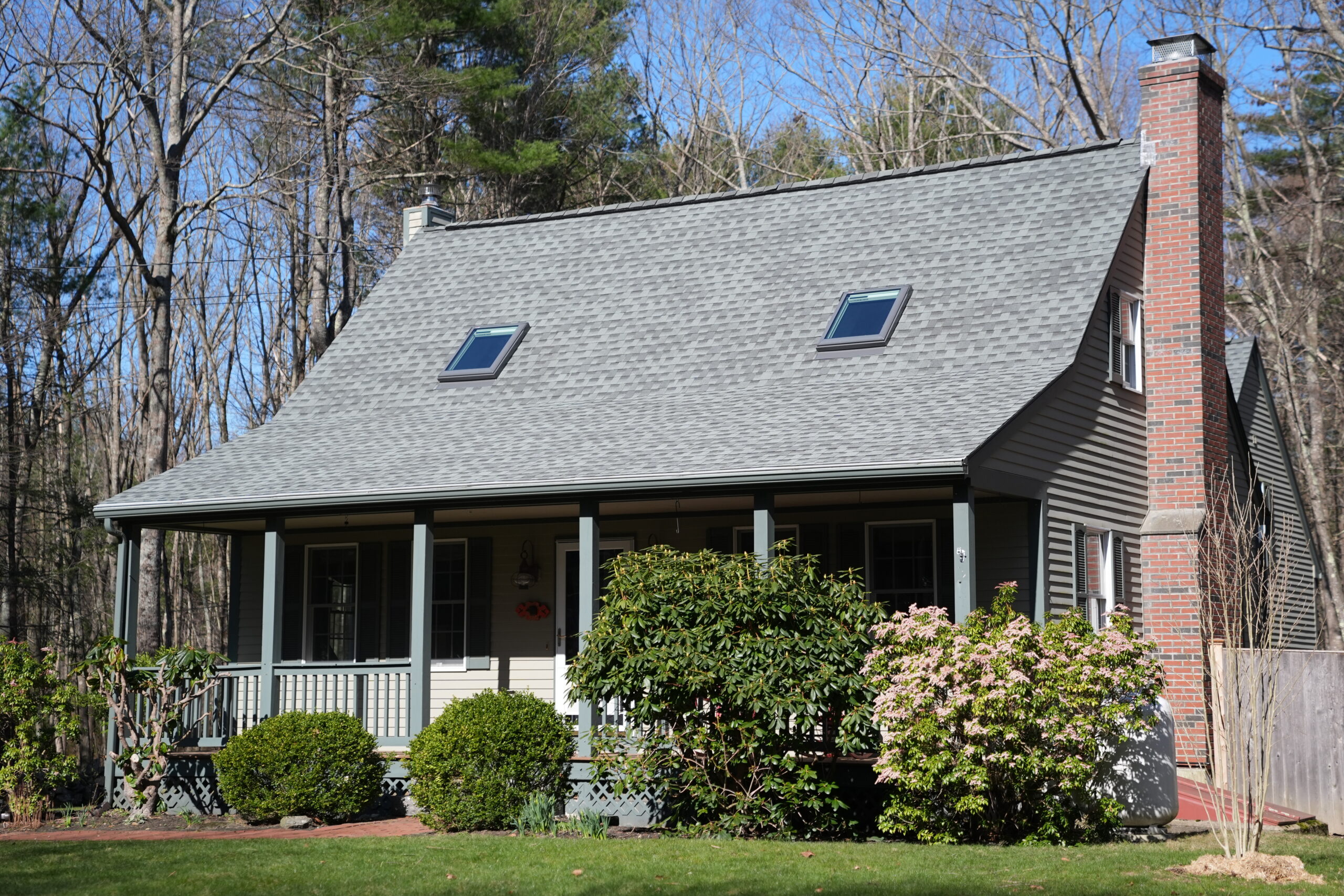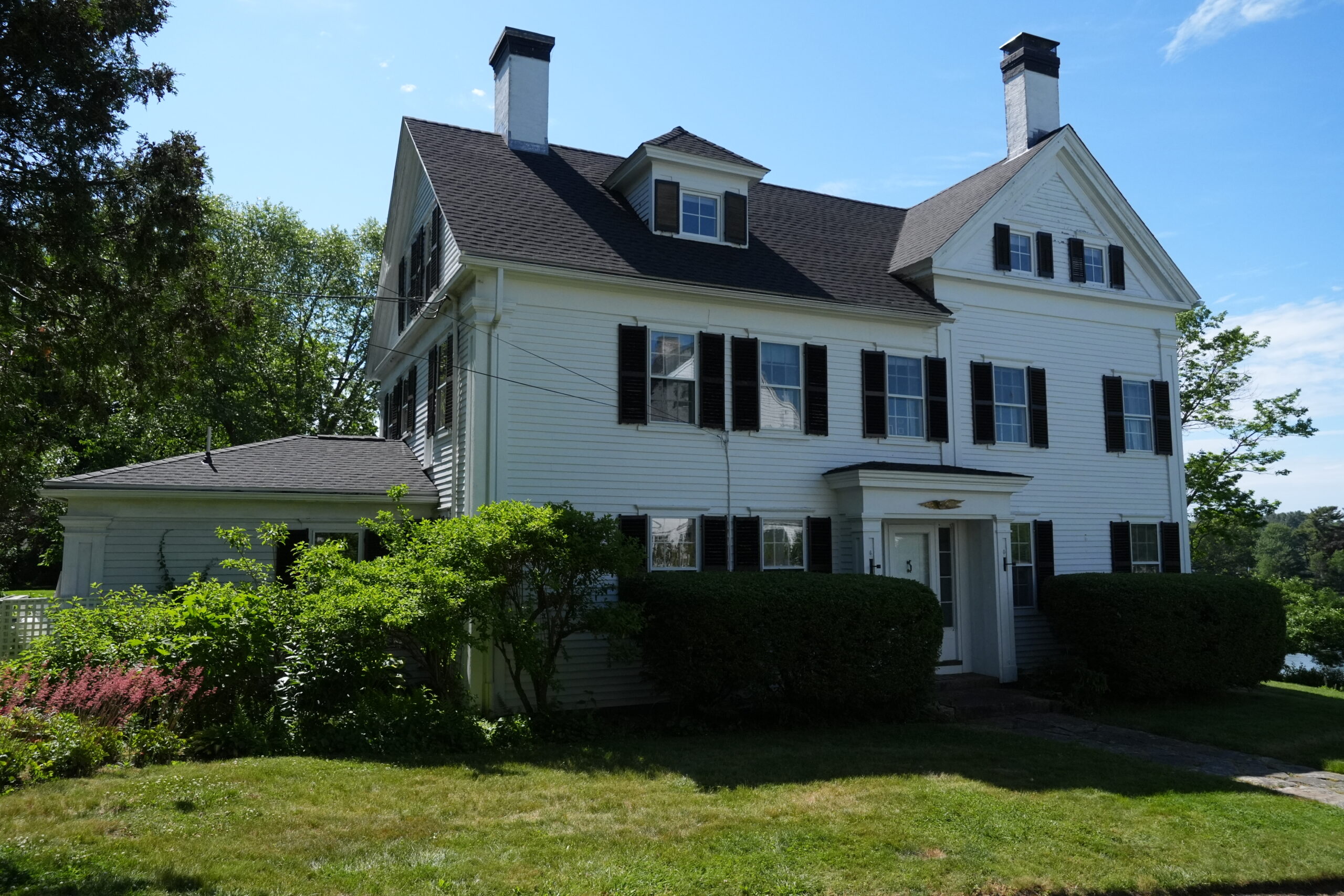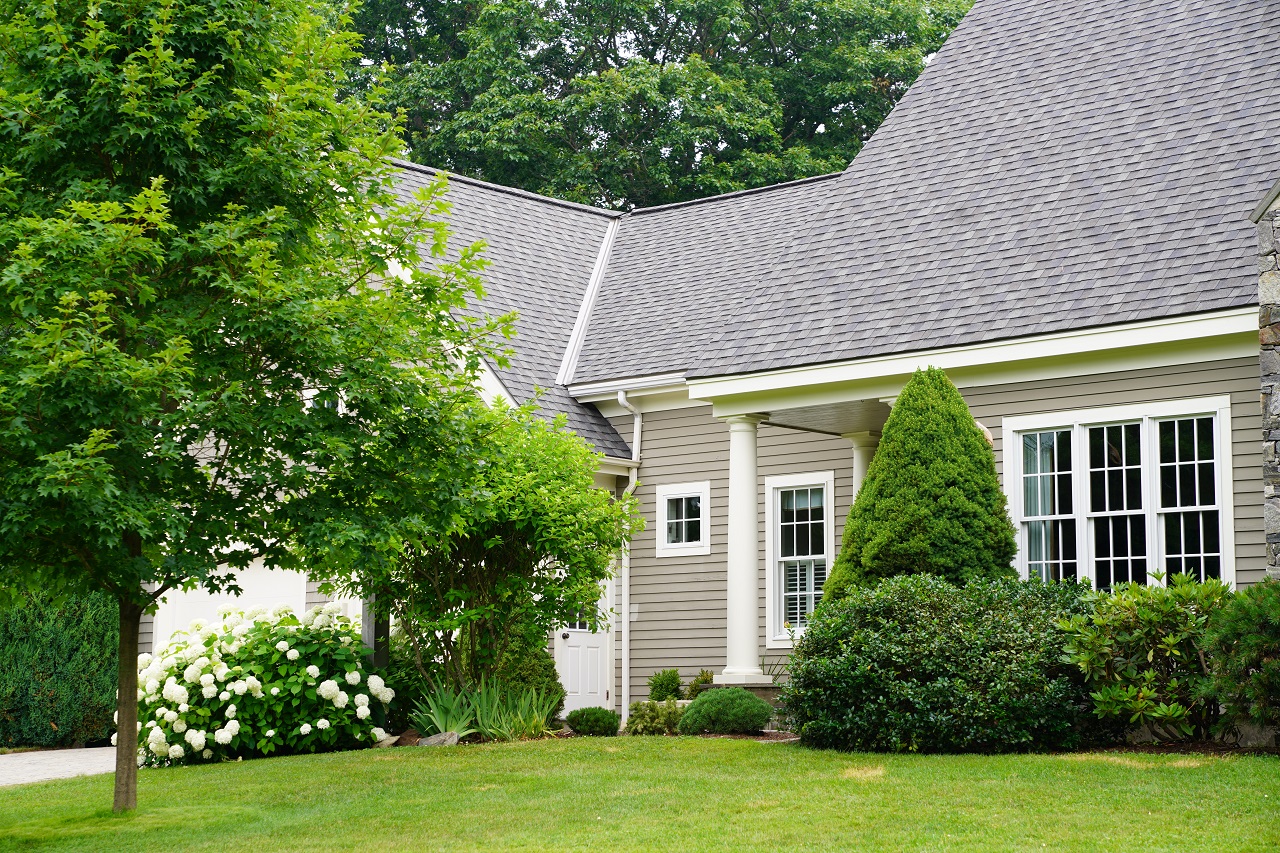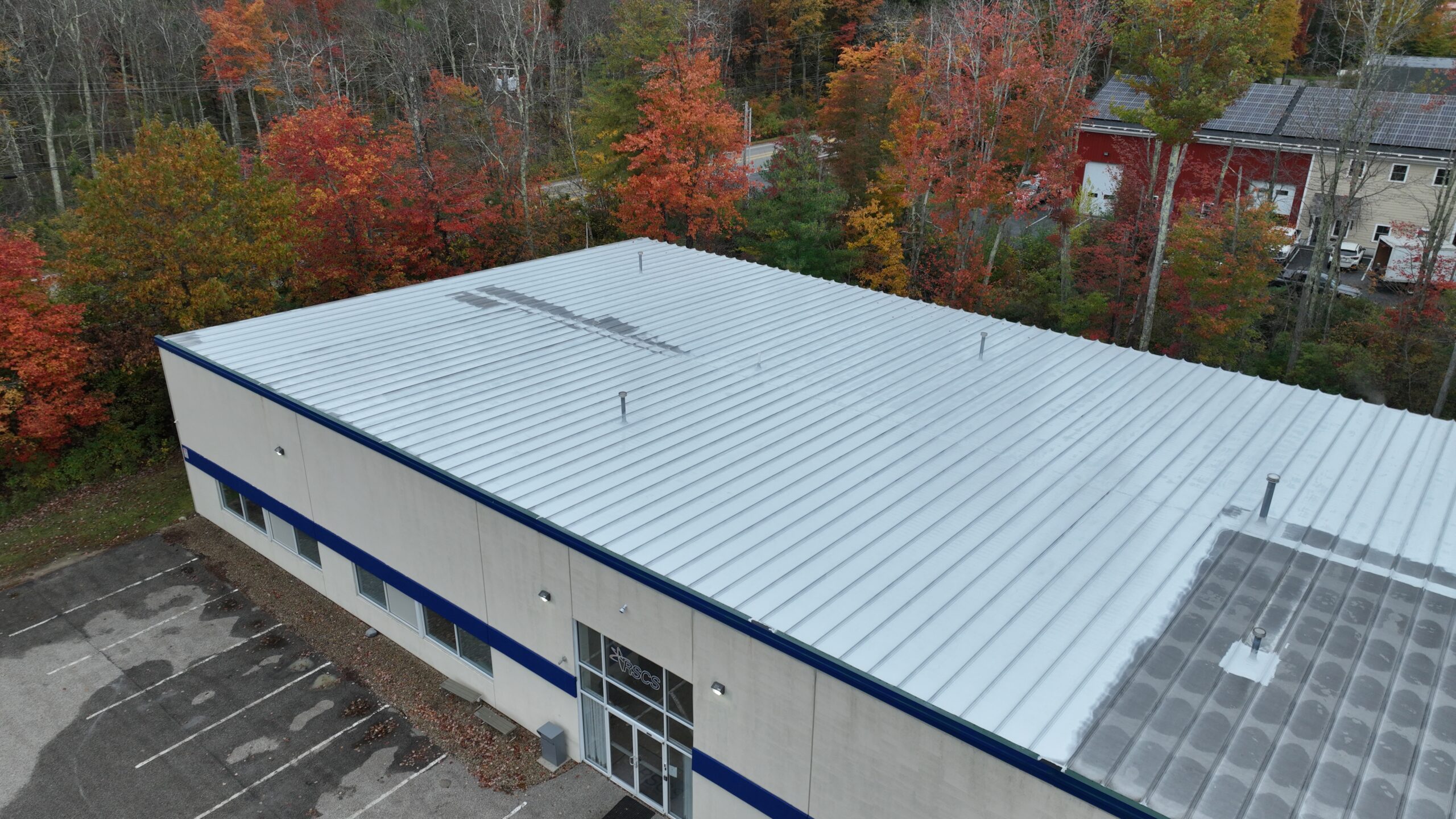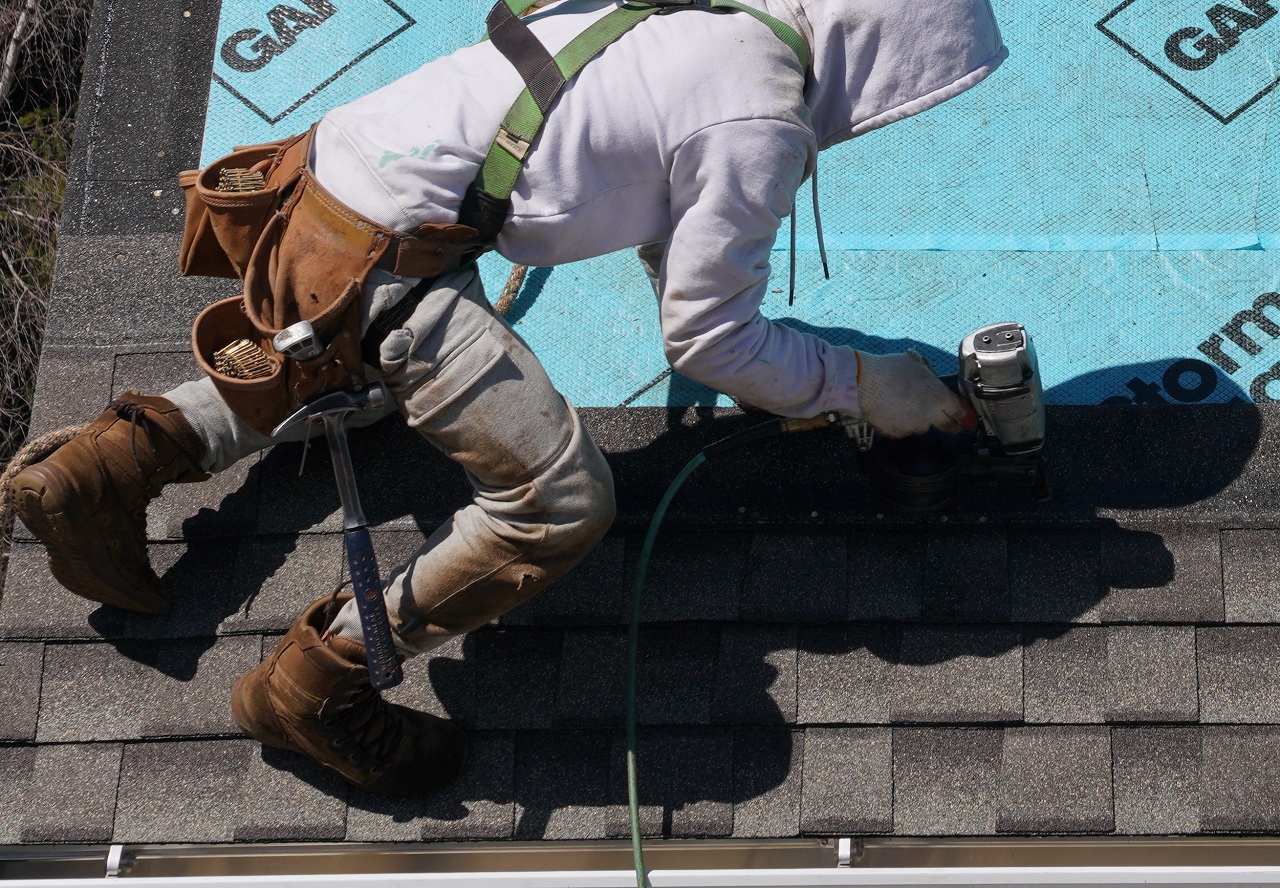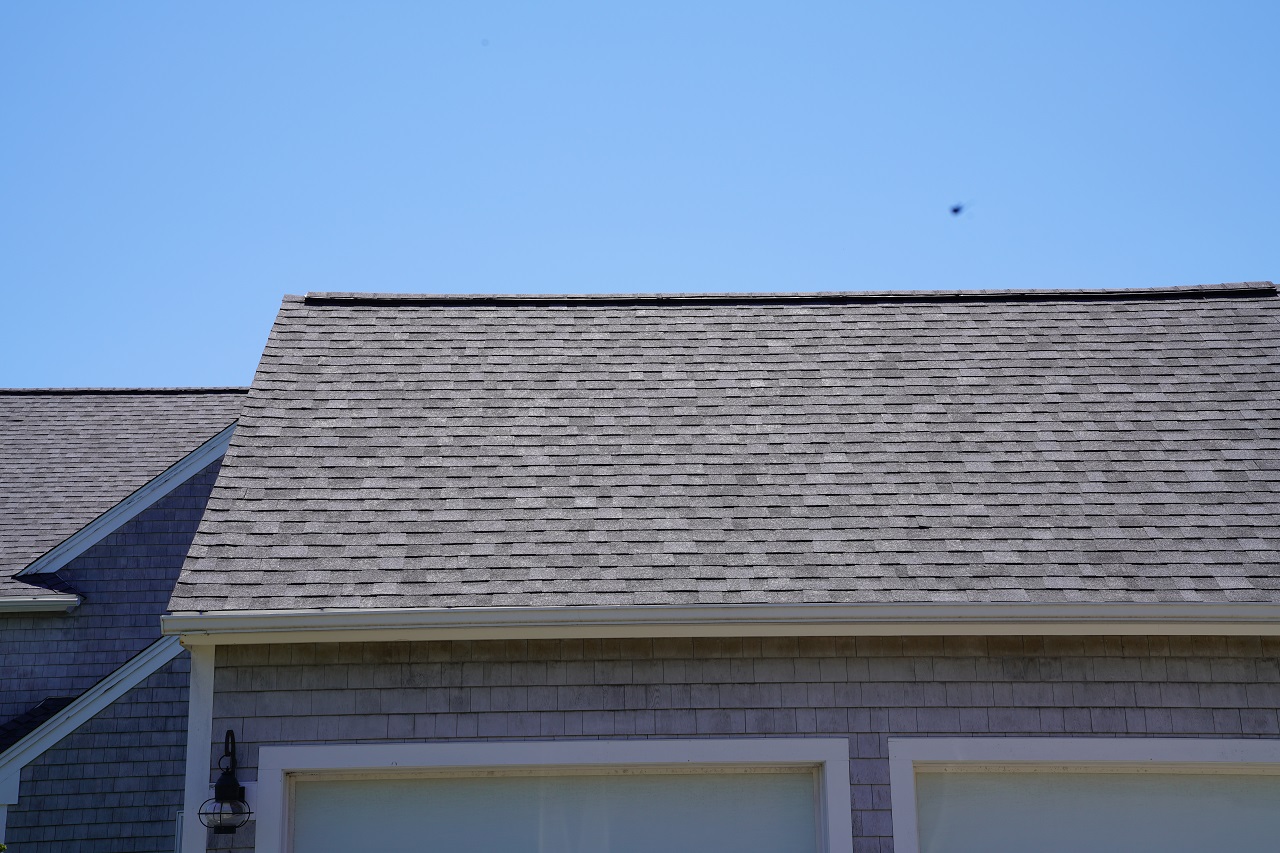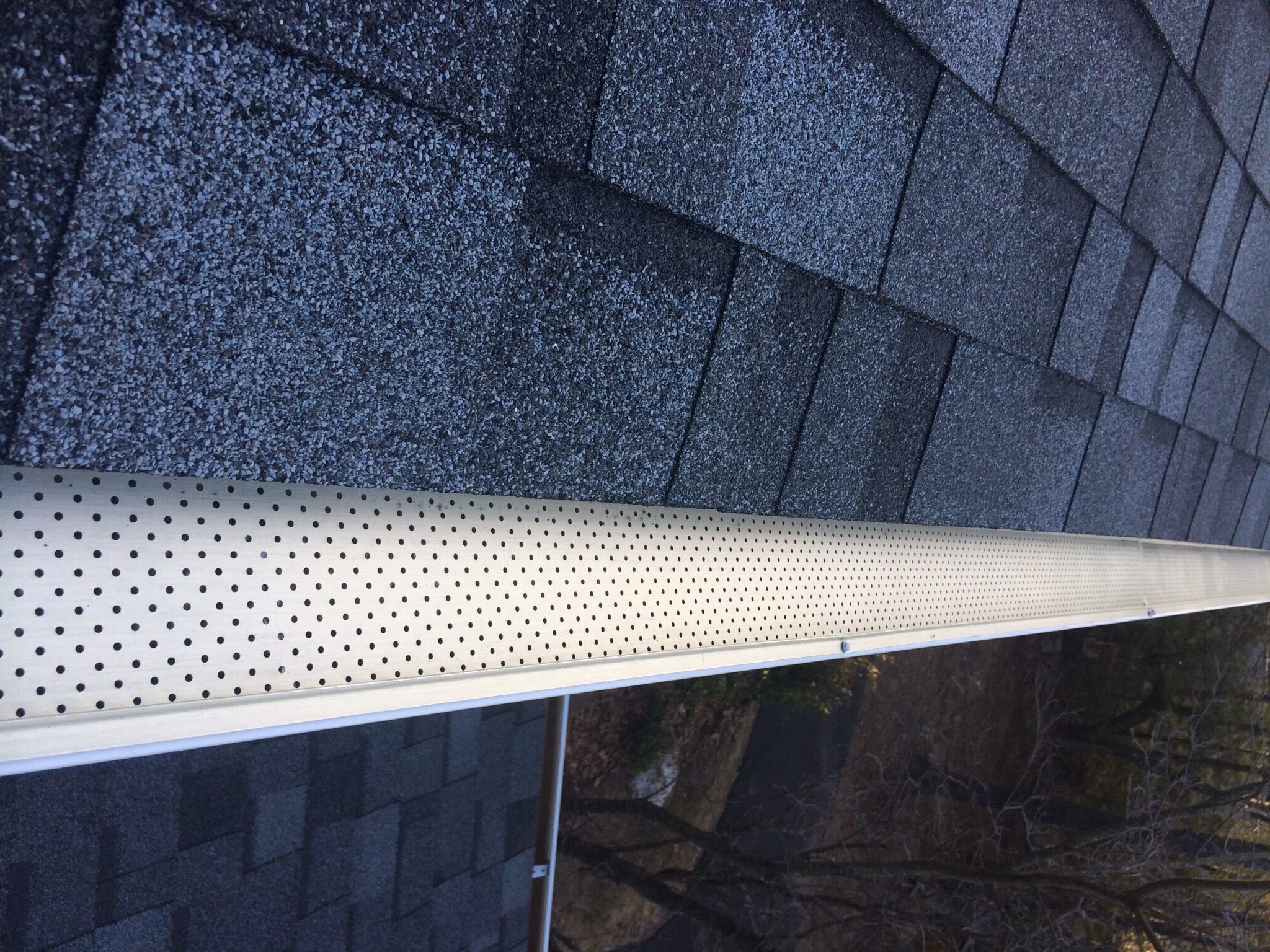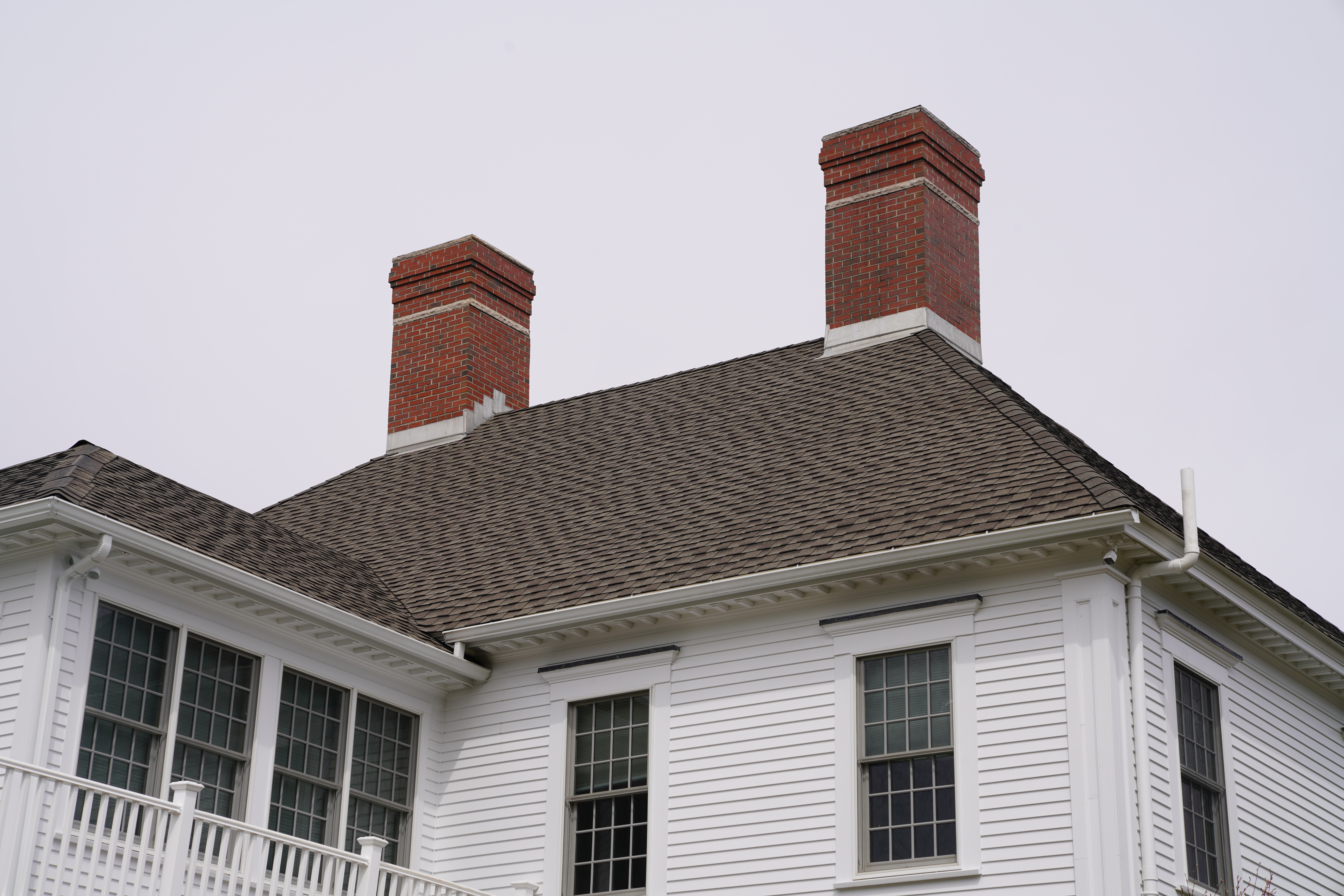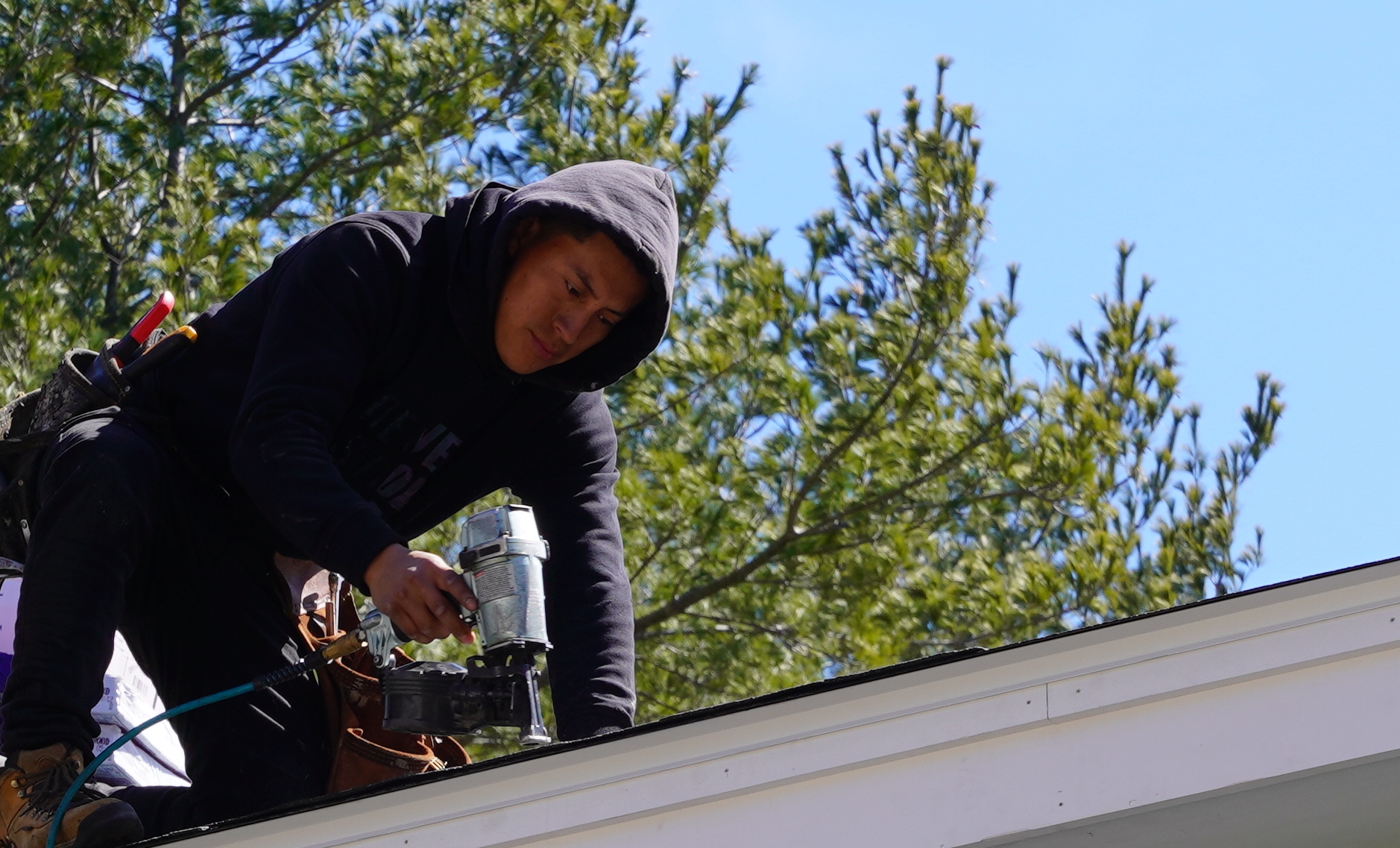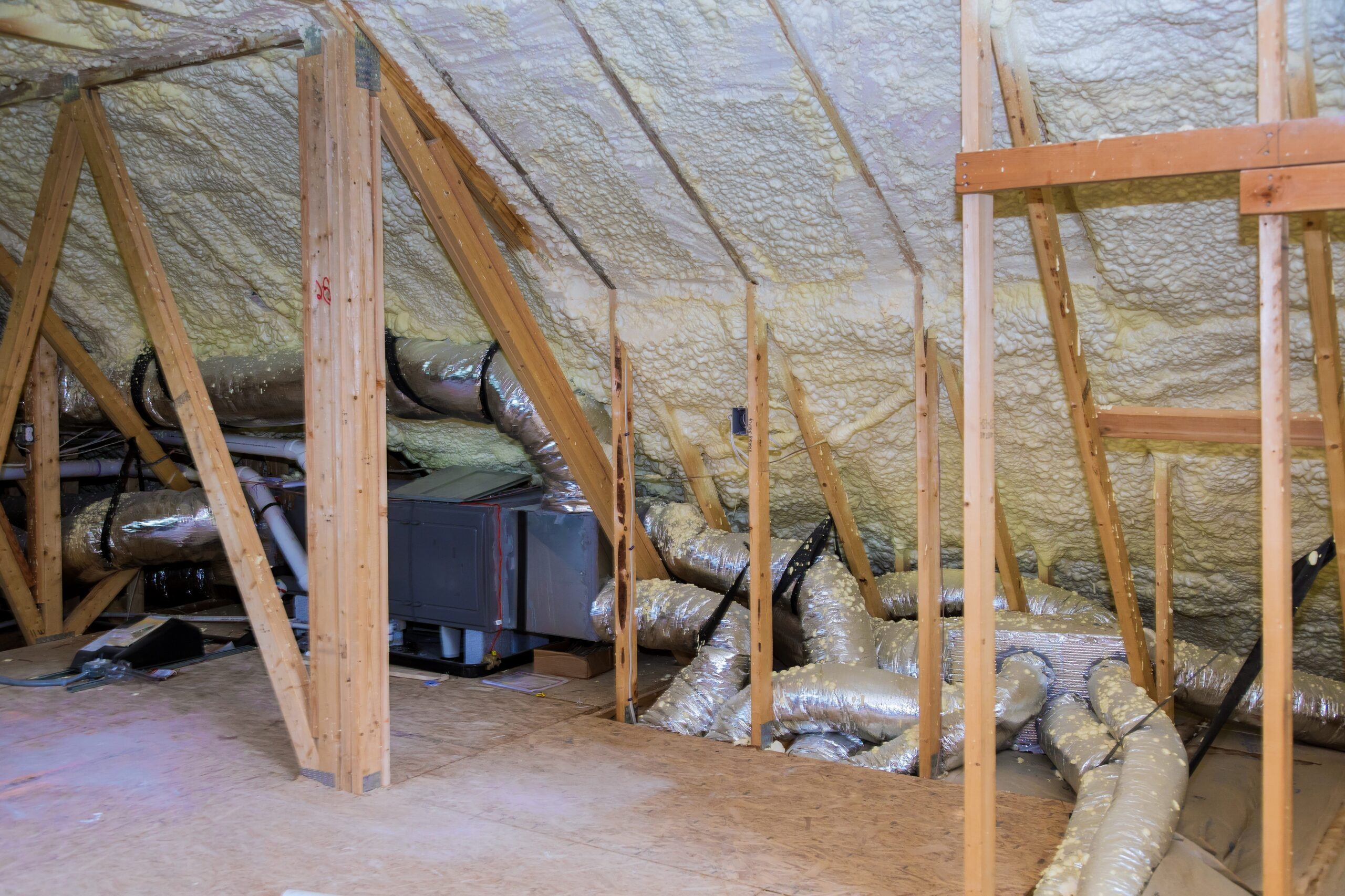Architectural shingles are a popular choice for homeowners who want their roofs to combine beauty and function. These shingles offer a textured, three-dimensional look that adds depth and elegance to any roof. They come in a variety of shapes and colors, making it easy to find an option that complements your home’s exterior.
In addition to their aesthetic appeal, architectural shingles are designed to withstand harsh weather conditions. Their durable construction ensures they can handle strong winds, heavy rain, and even hail. This durability means fewer repairs and replacements over the life of the roof, saving you time and money in the long run.
We also appreciate the energy efficiency benefits that architectural shingles provide. Their design includes features that can help regulate your home’s temperature, making it more energy-efficient. This can result in lower energy bills and a more comfortable living environment.
Architectural shingles offer a smart investment for homeowners looking to increase their home’s value. Their longevity, combined with their visual appeal and energy-saving attributes, makes them attractive to potential buyers.
Understanding the Importance of Asphalt Shingle Maintenance
Maintaining asphalt shingles is essential for ensuring your roof’s longevity and effectiveness. Over time, shingles can be exposed to various harsh elements like wind, rain, and UV rays from the sun, which can lead to wear and tear. Ignoring minor problems can lead to more significant issues, including leaks and structural damage. Regular maintenance helps in identifying these potential issues early, preventing costly repairs down the road.
Asphalt shingles are an investment in your home’s protection and aesthetics. By routinely maintaining them, you preserve their appearance and functionality, which adds to your home’s overall value. Moreover, a well-maintained roof contributes to a comfortable living environment by preventing drafts and leaks.
Routine Inspections: What to Look For
When conducting routine inspections of your asphalt shingles, there are specific signs of wear and damage to be on the lookout for. Here’s a simple checklist to guide you through the process:
1. Shingle Condition: Look for any cracked, curled, or missing shingles. These are common signs of wear and may indicate that your roof needs some repairs.
2. Granule Loss: Check your gutters and the areas around your downspouts for granules. Granules help protect shingles from UV rays, and losing too many can lead to premature aging of the shingles.
3. Algae and Moss: Keep an eye out for dark streaks or green patches on your roof. These can indicate algae or moss growth, which can cause the shingles to deteriorate if not cleaned off periodically.
4. Flashing Inspection: Inspect the metal flashing around chimneys, vents, and valleys. Any signs of rust or gaps can lead to water leaks and should be repaired promptly.
5. Debris Removal: Ensure there is no debris, such as leaves or branches, accumulating on your roof. This debris can trap moisture and cause the shingles to degrade faster.
Regular inspections, ideally every spring and fall, help catch issues early. Addressing these problems promptly can prevent more severe damage and ensure your asphalt shingles last for many years.
Simple Maintenance Tips to Extend Shingle Life
Regular maintenance is key to extending the life of your asphalt shingles. There are several simple yet effective ways to keep them in good shape. One of the easiest tasks homeowners can do is clean their gutters regularly.
Clogged gutters can cause water to back up under the shingles, leading to leaks and damage. Ensuring that gutters are free from leaves, twigs, and other debris will help water flow away from your roof properly.
Another important tip is to trim overhanging tree branches. Branches that touch or hang too close to the roof can scrape against shingles, damaging them over time. Falling branches during storms can also cause significant damage.
Regularly trimming branches back helps protect your roof from these potential hazards. Additionally, keeping the roof clear of moss and algae by gently brushing them off or using a specialized cleaning solution can prevent damage and maintain your roof’s appearance.
Common Problems and How to Fix Them
Even with regular maintenance, issues can sometimes arise with asphalt shingles. Knowing how to address common problems promptly can save you from more extensive damage. One common issue is lifted shingles, which can occur due to high winds or improper installation. Lifted shingles need to be reattached or replaced to prevent water from getting underneath and causing leaks. Using roofing cement to secure them can be a quick fix.
Shingle curling is another issue often caused by poor ventilation or old age. Curled shingles can allow water to seep into the roof structure, causing rot and leaks. In this case, it might be best to replace the affected shingles to maintain the integrity of the roof. Similarly, if you notice cracked shingles, they’re best replaced before they lead to bigger problems.
In some cases, you might find granules in the gutters or around the downspouts. While some granule loss is normal, a significant amount can indicate that your shingles are deteriorating and losing their protective coating. If this happens, it might be time to consider a roof inspection to assess the overall condition and determine if a replacement is needed.
Curb Appeal on a Budget: Affordable Luxury with Architectural Shingles
Maintaining asphalt shingles doesn’t have to be a daunting task. Understanding the importance of proper maintenance, conducting routine inspections, performing simple upkeep, and addressing common issues can significantly extend the life of your roof. These steps help keep your home safe and enhance its energy efficiency, saving you money on repairs and utility bills in the long run.
If you need expert advice or services to maintain your asphalt shingles, Carnes & Son Roofing is here to help. As the leading residential roofing contractor in New Hampshire and Southern Maine, we offer top-notch solutions to ensure your roof stays in excellent condition.
Contact us today to learn more about our services and how we can assist you in maintaining your asphalt shingles effectively.

